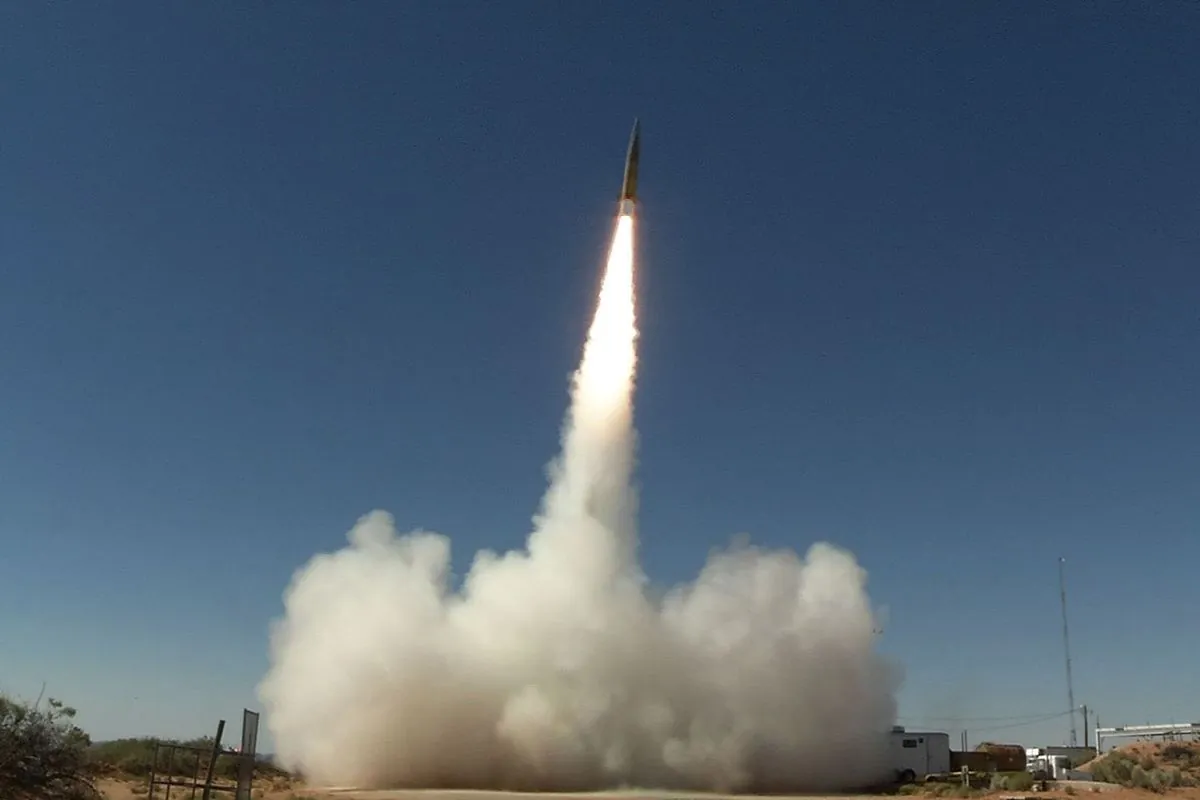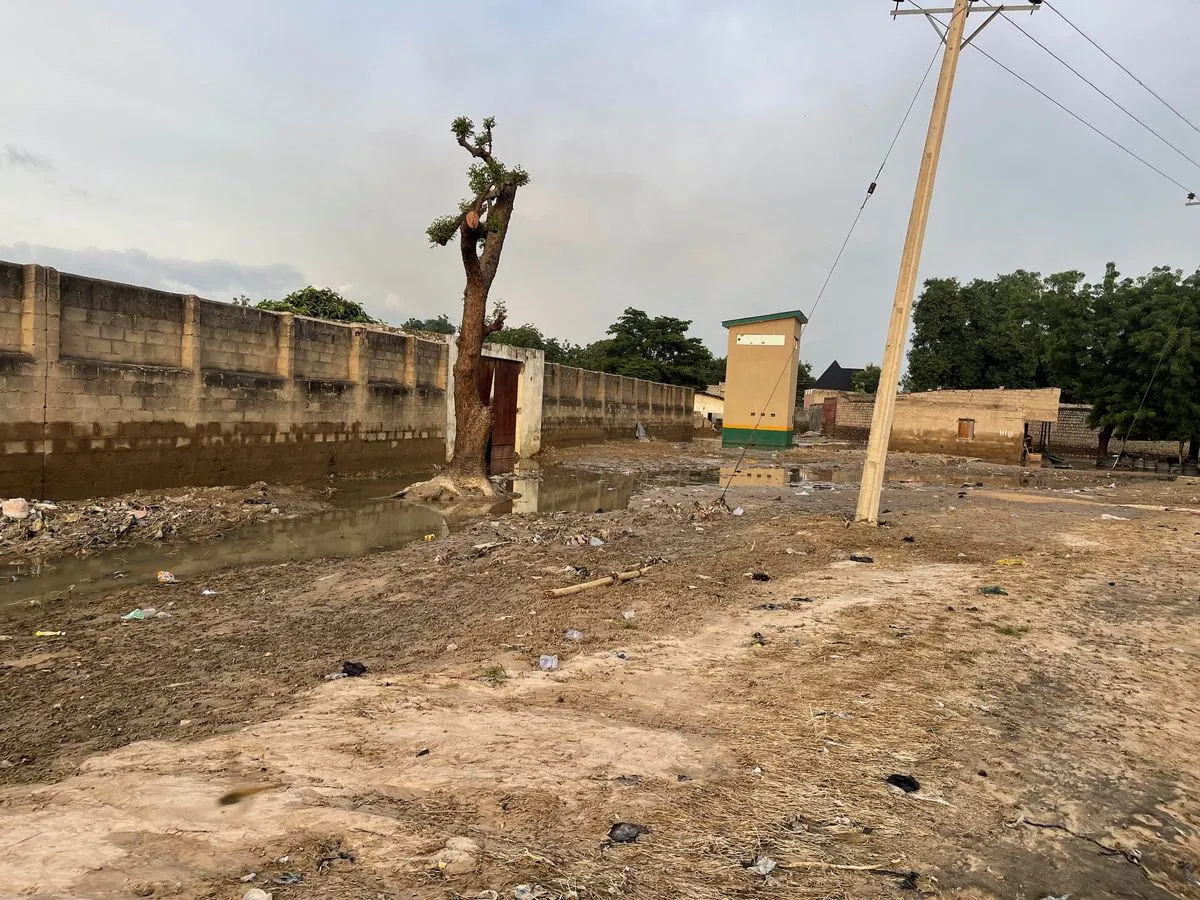Bridge Collapses as Ex-Typhoon Yagi Continues to Batter Northern Vietnam
A bridge in northern Vietnam collapsed due to heavy rain from former Typhoon Yagi, which has caused at least 21 deaths. Rescue operations are ongoing as the country grapples with widespread flooding and damage.

In northern Vietnam, a steel bridge spanning the Red River in Phu Tho province succumbed to the relentless rainfall brought by the remnants of Typhoon Yagi. The collapse occurred on Monday, September 9, 2024, as the region continued to experience heavy precipitation from the storm system that had weakened to a tropical depression.

The bridge's failure resulted in several vehicles plunging into the swollen river below. Rescue teams swiftly responded, successfully retrieving three individuals from the water. These survivors were promptly transported to local medical facilities for treatment. As of the latest reports, no fatalities have been confirmed in connection with this incident.
Typhoon Yagi made landfall on Saturday, September 7, with wind speeds reaching 149 kilometers per hour, marking it as one of the most potent storms to strike Vietnam in recent decades. The typhoon's impact has been severe, causing widespread destruction across the country's northern regions.
The storm's aftermath has been devastating, with at least 21 fatalities reported and nearly 300 individuals sustaining injuries. In Sa Pa, a popular tourist destination renowned for its picturesque rice terraces and mountainous landscape, a landslide claimed six lives, including an infant, and left nine others injured.
The industrial sectors in Quang Ninh and Haiphong provinces have been significantly affected. These areas, home to numerous factories including those of electric vehicle manufacturer VinFast and Apple suppliers, experienced extensive flooding and structural damage. Initially, approximately 3 million residents in these provinces were left without electricity, with restoration efforts still ongoing.
Agricultural lands have not been spared, with nearly 116,192 hectares of primarily rice-growing areas sustaining damage. This impact is particularly significant given Vietnam's position as the world's second-largest rice exporter after India.
In response to the crisis, Prime Minister Pham Minh Chinh visited Haiphong on Sunday, September 8, and approved a $4.62 million aid package to assist the port city's recovery efforts. This financial support is crucial for the region, which plays a vital role in Vietnam's rapidly growing economy that has seen an average annual growth rate of 6.5% since 2000.
The effects of Typhoon Yagi extended beyond Vietnam's borders, causing 20 fatalities in the Philippines and three in China before making landfall in Vietnam. This widespread impact underscores the increasing threat posed by intensifying tropical storms in the region.
"Storms like Typhoon Yagi were getting stronger due to climate change, primarily because warmer ocean waters provide more energy to fuel the storms, leading to increased wind speeds and heavier rainfall."
Benjamin Horton, director of the Earth Observatory of Singapore, emphasized the connection between climate change and the increasing intensity of such storms. This trend is particularly concerning for Vietnam, which typically experiences 4-6 typhoons annually along its 3,444-kilometer coastline.
As Vietnam grapples with the aftermath of Typhoon Yagi, the incident serves as a stark reminder of the country's vulnerability to extreme weather events and the urgent need for enhanced infrastructure and disaster preparedness measures.


































